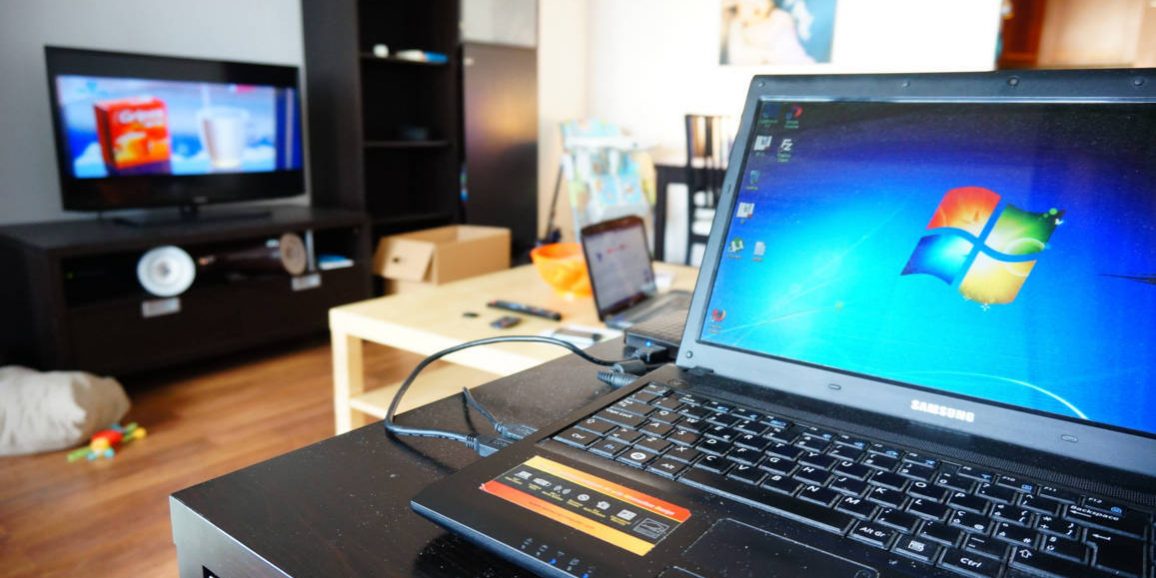Windows 7, the well-known operating system from Microsoft, is heading for retirement. As of 14 January 2020, Microsoft’s engineers will no longer release any patches for Windows 7, not even to address security issues. This is nothing new: it is in fact a consolidated practice for the Redmond company 10 years after the release of the operating system (it was the year 2009), just as it happened with the predecessors Vista, XP, etc.. The important difference, however, lies in the fact that Windows 7 is currently the second most popular operating system, having lost its supremacy in January of this year to the more recent Windows 10 (both are still above 30% with a difference of a few percentage points).
What does this entail?
Let’s get down to business: ‘End of Life’ means, as mentioned above, that no more updates of any kind will be released for the operating system in question. As a result, in addition to incompatibility, inferior functionality and performance, the security of data processed by PCs running Windows 7 is at stake. Warning: it is not enough to have a good antivirus to be completely protected. Often, cyber attacks are directed against bugs in the operating system on which application software has no chance of intervening.
How should we act?
It is clear, therefore, that the impact of this change can be quite heavy, even creating not inconsiderable problems for normal working activity. Good news: we can take action :).
There are several actions to be taken:
- Upgrading the operating system means switching to the latest and most stable Windows 10;
- Evaluation of the computer(s) running Windows 7, i.e. considering buying a new PC or notebook that includes the latest version of Windows installed.
In this assessment, it should be borne in mind that: failure to update the operating system can cause significant problems in terms of privacy (GDPR); it is a good idea to back up data in advance before upgrading to a more advanced system.

